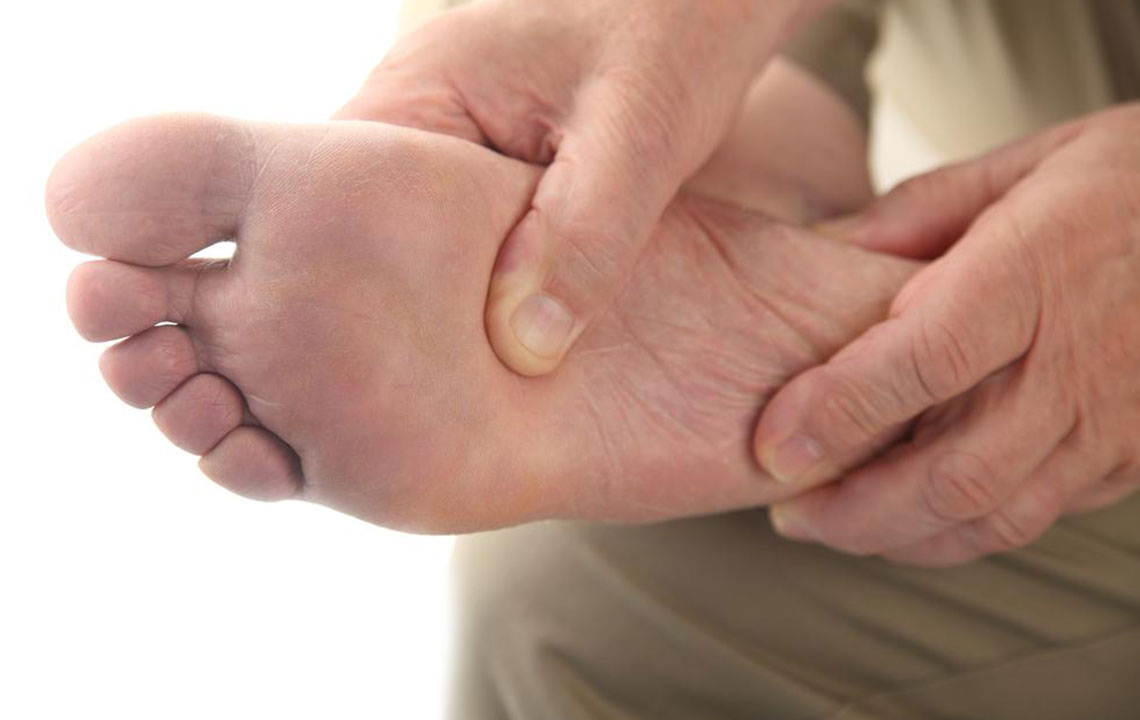Complete Guide to Plantar Fasciitis: Causes, Symptoms, and Effective Treatments
This comprehensive guide provides in-depth information on plantar fasciitis, exploring its causes, symptoms, and effective treatment options. Early diagnosis and proper management are crucial for preventing chronic heel pain and maintaining foot health. Learn about lifestyle changes, medical interventions, and preventive strategies to combat this common condition. Suitable for those experiencing persistent heel discomfort, this article aims to educate and support individuals in seeking appropriate care to improve their quality of life.

Complete Guide to Plantar Fasciitis: Causes, Symptoms, and Effective Treatments
Heel pain is a common concern among athletes and everyday individuals alike. You might experience discomfort when walking, running, or standing for extended periods. Often, if this pain subsides after rest, it might not be serious. However, when heel pain persists or worsens, it could be indicative of plantar fasciitis, one of the leading causes of heel discomfort worldwide. Understanding this condition is essential for effective management and relief.
Plantar fasciitis is characterized by inflammation of the plantar fascia, a thick band of connective tissue that stretches from your toes to the heel bone at the bottom of your foot. The inflammation results from repetitive stress or excessive tension on this ligament, leading to intense pain that often disrupts daily activities. Recognizing the early signs and understanding the causes can help prevent the condition from worsening.
Symptoms and Signs of Plantar Fasciitis
The hallmark symptom of plantar fasciitis is sharp, stabbing pain located at the bottom of your heel, especially near the arch. Many individuals notice this pain most acutely upon waking up in the morning, often described as a deep ache or a stabbing sensation. The pain may lessen as the day progresses, only to return after prolonged standing, walking, or after long periods of inactivity. Some might also experience discomfort after vigorous exercise or physical activity.
In addition to the primary symptom, people often report a feeling of tightness or stiffness in the sole of the foot. The discomfort may worsen with certain movements or after the foot has been in a fixed position for a long time. It is vital to pay attention to these signs, as untreated plantar fasciitis can lead to chronic pain and additional complications, affecting mobility and quality of life.
Understanding the Causes of Plantar Fasciitis
The plantar fascia serves as a shock absorber and provides structural support for the foot’s arch. Repeated stress on this ligament causes tiny tears and inflammation, resulting in pain. Several factors contribute to the development of plantar fasciitis:
Excessive Pressure and Strain: Activities that put repetitive stress on the heel and arch, such as running, jumping, or prolonged standing, can damage the plantar fascia.
Obesity: Carrying excess weight increases the load on your feet, which can strain the plantar fascia and accelerate wear and tear.
Improper Footwear: Wearing unsupportive shoes, such as flip-flops or worn-out sneakers, fails to provide adequate arch support and cushioning, increasing the likelihood of inflammation.
Foot Mechanics and Abnormalities: Flat feet, high arches, or abnormal gait patterns alter the distribution of pressure across the foot, predisposing individuals to fascia inflammation.
Occupational Factors: Jobs involving long hours of standing or walking on hard surfaces significantly increase risk.
If left untreated, the chronic inflammation can lead to degeneration of the plantar fascia tissue, making early diagnosis and intervention critical.
Effective Treatment Options for Plantar Fasciitis
Fortunately, plantar fasciitis is highly treatable, especially when diagnosed early. The main goals of treatment are to reduce inflammation, alleviate pain, and restore normal foot mechanics to prevent recurrence. Here are comprehensive treatment strategies:
Medications
Nonsteroidal anti-inflammatory drugs (NSAIDs) such as ibuprofen or naproxen can effectively reduce swelling and pain. However, these should only be used under medical supervision to avoid potential side effects.
Physical Therapy and Targeted Exercises
Stretching exercises focusing on the Achilles tendon, calf muscles, and plantar fascia can relieve tension and improve flexibility. Strengthening exercises help stabilize the foot and prevent future issues. A physical therapist can guide you through appropriate routines and techniques. Taping methods, like medical-grade taping, can provide additional support and reduce strain during daily activities.
Orthotic Devices and Supportive Measures
Custom orthotics or over-the-counter insoles help distribute pressure evenly across the foot, alleviating stress on the plantar fascia. Night splints, which keep the foot in a gentle stretch during sleep, can prevent morning stiffness and reduce pain.
Surgical Intervention
In cases where conservative treatments fail after several months, surgical options such as plantar fascia release or removal of damaged tissue might be considered. Surgery is generally viewed as a last resort, as it may weaken the arch and alter foot biomechanics.
Adopting lifestyle modifications plays a crucial role in managing plantar fasciitis. Wearing comfortable, supportive footwear, avoiding prolonged standing, and maintaining a healthy weight can significantly reduce symptoms and prevent recurrence. Early diagnosis combined with personalized treatment plans leads to better outcomes and faster recovery.
Remember, consulting a healthcare professional at the first sign of pain is essential. With proper care and preventative measures, individuals can regain mobility and enjoy an active, pain-free life.





